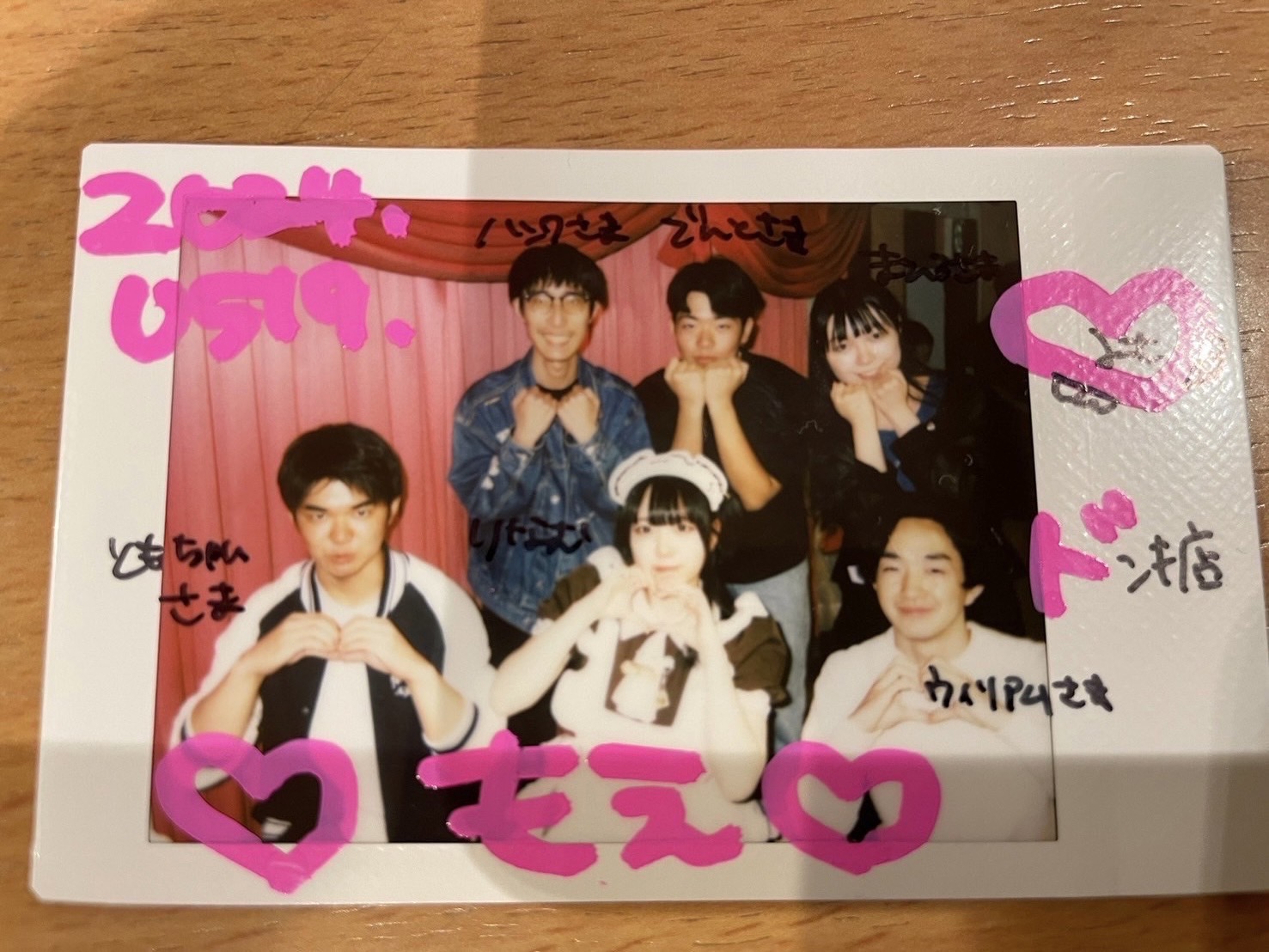Past, Present and Future of the Global Executive Resource Development in Japan
This is contributed by an ex-member.
Noritake Kobayashi
Professor Emeritus
Keio University
IIST Trustee
Introduction
International business management has made major progress toward globalization over recent years. Globalization ramps up the need to meet the challenges of increasingly diverse and complex management. Looking ahead, I believe that international executive resource development (ERD) in Japan’s international companies too will have to deal with ever higher expectations in this regard.
Globally managed companies come in various types according to their stage of development, including firms with a head office focus, firms that emphasize local management, firms that emphasize regional management, and truly globalized companies*1. By truly globalized companies, here I mean those enterprises that make optimal use of people, goods, money, technology and information beyond distinctions of border or nationality, transforming the constraints of diversification and increasing complexity into positive synergy and achieving globally optimum business results*2. My personal view is that in terms of the various types of firms above, many international Japanese firms remain at the level of a head office focus or an emphasis on regional management. I would like to see Japan produce many truly global companies with a strong international competitiveness. However, there is a massive gap between actual Japanese firms and such truly global companies. I also believe that reducing that gap will require a major transformation in the mindset of corporate leaders.
Here I would like to take a realistic look at ERD by Japan’s international companies. We need to determine which of the four above stages of globalization these firms are currently at, or towards which they are heading. Based on that analysis, we then need to propose ERD principles and guidelines geared to the particular stage and direction.
Early international business management ERD experiments in Japan and IIST
In 1969, the Institute for International Studies and Training (IIST) was established as the first institution in Japan to focus specifically on developing executive resources for international companies. As a graduate-level specialist education and training institution, IIST offered a year-long residential course in the rich natural environment of Fujinomiya within sight of Mt. Fuji. This was an era of both uncertainty and hope for Japan, which had resolved to break away from the protection of domestic capital from foreign investment that had been sustained throughout the postwar period, and move instead to complete capital liberalization. The key issue was accordingly how to boost the international competitiveness of Japanese firms as quickly as possible, and how to develop the management personnel required for that purpose*3. IIST was established to respond to that pressing need.
The planning, creation and operation of IIST moved steadily ahead on the strength of cooperation among government, industry and academia.
From the government side, key Ministry of International Trade and Industry (MITI) bureaucrats such as Eimei Yamashita and Yaeji Watanabe provided backup in developing the IIST establishment plan.
Successive generations of Keidanren chairmen, including Taizo Ishizaka, Yoshihiro Inayama and Toshio Doko, also put all their weight behind this exercise. Keidanren’s Shigeo Horie was subsequently appointed as the first IIST president, and he and his wife Sakiko made a major contribution to IIST’s operation and development.
IIST enjoyed cooperation from academia as well. Professors such as Yoichi Inagaki (Hitotsubashi University), Shigeto Kawano (University of Tokyo), Akira Yamashiro (Hitotsubashi University) and Noboru Yamamoto (Keio University), leaders at the time in the fields of international economics and development economics, participated in the creation of the IIST curriculum (comprising international economics, international business management, area studies, trade practice and English), and I remember marathon discussions on issues such as selecting instructors and creating teaching plans. I myself first became involved with IIST in response to a request from these leaders, especially Professor Yamamoto. Many Faculty members of the Keio Business School, to which I was affiliated at the time, extended their full cooperation, transplanting to the IIST’s education program the Harvard Business School’s case study method, a highly practical approach that was at the time extremely unique.
International business management was at the time a very new field of education in Japan. This deficit was covered by foreign academics—specifically, leaders of the Academy of International Business (AIB) in the US. These included Professor John Fayerweather from NYU, Professor Richard Robinson from MIT, Professor Richard Farmer from Indiana and other AIB founders. IIST was hugely fortunate to have a succession of these leading lights in the field of international economics come to Japan to stay on the Fujinomiya campus and help to develop the IIST program. Professor Henry Claude de Bettignies from INSEAD, James Ableggen and Glen Fukushima also came over as foreign lecturers, inspiring students with their passion.
In addition to the one-year program, by 1991 IIST had established five short-term training courses, expanding and diversifying its activities. More than 5,000 students participated in and completed the IIST programs over the 20-odd years that the Fujinomiya campus was in operation. Many of these graduates have made a massive contribution to the internationalization of Japan’s international companies right through to today.
Over the years, however, the circumstances surrounding IIST and Japan’s international business ERD had changed significantly. As a result, the Fujinomiya campus was sold and IIST too changed its focus from education and training conducted on the basis of long-term residence to international and regional exchange. As someone who was involved in the establishment of the education and training operation, I find this extremely regrettable.
At the same time, Japanese companies’ international activities experienced remarkable development over that period. As a result, exports grew 18 times, imports 16 times, foreign investment growth eight times and GNP growth seven times*4. In addition to the generation of international personnel, what does this expansion of the Japanese economy mean? It demonstrates the extent of the contribution of the IIST ERD program to the advance of Japan’s internationalization, and more than emphasizes the significance of IIST’s education and training operation.
Japanese companies’ international business management ERD in the 21st century
As I noted above, I believe that winning out against global competition in the 21st century will require global corporate management in the true sense of the term. Here I would like to offer a few proposals as to what particular mindset and what ERD aims and methods will be necessary to that end.
• Mindset overhaul
When the idea of globalization first emerged, many Japanese business managers believed that it would mean the worldwide adoption of the outstanding approaches and methods of Japanese management. However, they have gradually come to understand that this is not necessarily the case, with globalization instead encouraging an unexpected degree of diversification and making for increasingly complex management responses. In other words, diversity and heterogeneity have come to be regarded as superior to homogeneity in terms of management personnel qualities, with importance placed on generating synergy through the utilization of a heterogeneous range of personnel that would not be possible using more homogenous human resources.
• Shift in emphasis from quantity to quality
In the years ahead, Japanese managers must leave behind their traditional expansionism aimed at growing sales and market share and turn instead to international business management focused on the qualitative improvement of management performance. Following the Lehman shock, it has become apparent that a major conflict could exist between Japanese firms expanding their internationalization and assessments of their business performance. My recent research has revealed just how important it is for firms to maintain a balance between expanding their internationalism and maintaining and strengthening their business performance level, pursuing an internationalization suited to the individual company’s stature*5.
• Need for inimitable technologies, products and area development
Global corporate management requires companies to select and focus on their own optimal business areas. Rather than copying companies that have already achieved success, they must continually develop technologies and products that their rivals cannot imitate. They also need to pay more attention than in the past to protecting the intellectual property produced through these efforts.
• Importance of establishing leadership and governability
Business managers pursuing 21st century internationalization based on the new perspective and management paradigm described above must establish leadership. Their first step must be to establish their company’s identity within the process of internationalization. Next, they will need to come up with a plan based on a clear understanding of business realities and their company’s capabilities, and then execute that plan with confidence. To utilize the synergy arising from personnel diversity and complexity, they must maintain a strong governance structure. In addition, the ongoing evolution of international business markets necessitates a flexible response tailored to changing conditions.
Developing the necessary system for training these new international executive resources will require undertaking a fundamental overhaul of the existing management training system. The key elements here will be to establish first of all an ERD philosophy, and then to sustain the company’s commitment to ERD. Simply introducing a succession of the latest most popular training systems developed by outsiders will not and cannot produce the management results sought by the leaders of international companies.
I would like to conclude with the hope that an international ERD program based on such a new vision, philosophy and approach will once again be realized as part of IIST’s evolution in the 21st century.
References
(1) Bartlett and Ghoshal, Managing Across Borders, Harvard Business School Press (1988); Howard Perlmutter, “The Tortuous Evolution of Multinational Corporation”, Columbia Journal of World Business 5(1): 9-18 (1969)
(2) Nancy Adler, International Dimensions of Organizational Behavior, Thomson-South Western (2008)
(3) Noritake Kobayashi, “Japanese Intervention with respect to Foreign Investment” in Richard Robinson (ed.), Direct Foreign Investment: Costs and Benefits, New York: Praeger (1982)
(4) Institute for International Studies and Training, 35 Years of the Institute for International Studies and Training (2003), particularly the list which appears on p. 81
(5) Noritake Kobayashi, Nihon-kigyo kokusaika no kenkyu: Kiso deetaa ni miru hikari to kage (Japanese Multinational Enterprises: Internationalization and Performance as Revealed in Basic Data ) Bunshindo Publishing Corporation (2011)
http://www.iist.or.jp/en-m/2012/0212-0866/
Link: Japanese



I myself have worked with 2 big multi-national companies for over 30 years.
Their globalization, that is, globalization led by American big companies,
is based on the simple 2 principles. One is 30% CGR of revenues/profits
every year and the other is to select the growing segment and drop the non-
growing one. I believe their globalization does not bring happiness to the people
of each country where they play. As Mr.Kobayashi points, Japan needs her unique
globalization based on her unique gentle national mind and it leads to her
people happiness and also contribution to the world.
We’ve been issuing out 12 dogecoins for the lucky bastard of a
weblog manager with the decided prize coupon code.
The results is going to be available in 4-weeks time.
The prize code is: AINBA7
Well Grinder, I don't know about athletes, but Wyclef has been putting his money where his mouth is for years. You need a talent hip-hop artist to raise funds your some prosvesgire cause, Wyclef is your man.For Pat Robertson to say something so racist & silly should make any good Black Christian think twice (well three times) before sending that old bastard any money.
O, niuch niuch, promocja? Dlaczego nic o tym nie wiem??? A moze na szczÄ™scie;) Bo jestem dosÅ‚ownie obwarowana ksiazkami”Do przeczytania”. WidzÄ™ wrecz jak ich grzbiety preża sie niecierpliwe jak plecy gÅ‚odnego pieszczot kota. Boje sie, ze te, które stoja przy łóżku zacznÄ… niedÅ‚ugo same wpychać sie na poduszke, byle blizej zasiegu wzroku;).Wsród tytuÅ‚ow zobaczyÅ‚am A. Carter, do której kiedys zachecaÅ‚am. Ciekawa jestem, czy Ci przypadnie do gustu. reszty nie znam, ale z przyjmnoÅ›ciÄ… dowiem sie, co o niej myslisz.
This all are superb, i can’t explain in words. I must say it is great collection. It shows the creativity in every photo, it is very hard to put your best. Love to watch them. We can also try this by our own and take inspiration from all this great. Love to do fun.
Hello there I like your wewebsite. Do you want to guest post on mine at some point? If so make sure you inform me via email or simply reply to this particular comment because My partner and my spouse and i actually enrolled in notices and will understand should you choose.
hi¡¡¡¡ la neta todos los dias veo tila tekila y me encanta este shou¡¡ saludos a tila tekila y por su puesto tAmbien a MTV.suerte a todos
Angie: I, too, love seeing (and revealing) the reality. I adore some of the gorgeous food blogs but I just roll my eyes at any thought that there’s a connection between those masterpieces and anything I would even attempt. So happy you can relate.
Hey, you’re the goto expert. Thanks for hanging out here.
how darling these are girlfriend….i too have made some for the raider’s/49er’s game and sell in the parking lots before the games..of course that gives me GAS funds…all helps….i’m 64yrs young and been sewing since age 9…do keep up the good works and GREAT IDEAS….[]